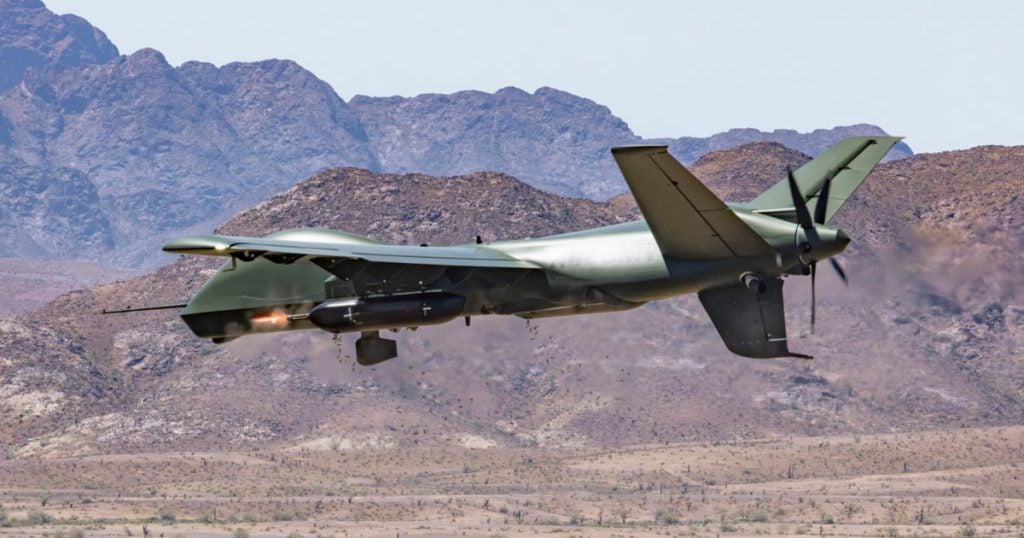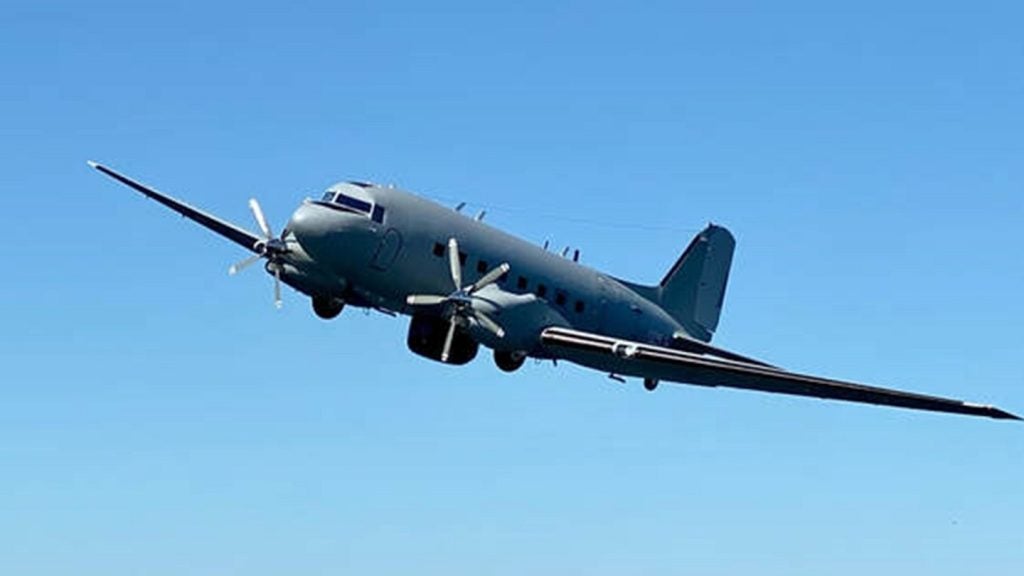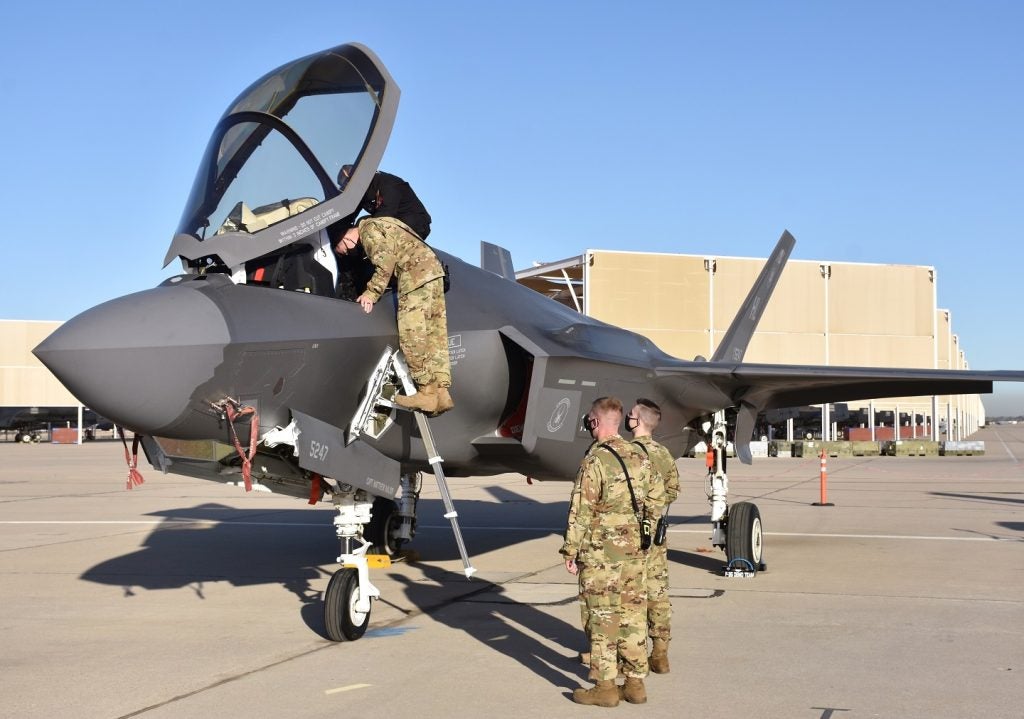A USAF’s F-15C jet fighter has successfully test fired a AIM-9X Block II Sidewinder advanced, infrared-guided air-to-air missile, as part of the missile’s developmental testing programme.
US Navy’s Air-to-Air Missile programme manager Captain Jeffrey Penfield said the AIM-9X Block II will give the warfighter an unparalleled advantage.
“AIM-9X Block II offers the warfighter a solution that combines maneuverability, off-boresight capability, speed and affordability,” Penfield said.
The F-15C with improved single-seat and all-weather air-superiority fighter version, has a wingspan of 42 ft 10 in (13.05 m).
The F-15C aircraft, originally produced being fitted with APG-70 radar, has been retrofitted to the AN/APG-63(V)1 configuration.
See Also:
The AIM-9X Block II has been upgraded from the AIM-9X Block I with an addition of a lock-on-after-launch capability, redesigned fuze and a one-way forward-quarter datalink capability.
How well do you really know your competitors?
Access the most comprehensive Company Profiles on the market, powered by GlobalData. Save hours of research. Gain competitive edge.

Thank you!
Your download email will arrive shortly
Not ready to buy yet? Download a free sample
We are confident about the unique quality of our Company Profiles. However, we want you to make the most beneficial decision for your business, so we offer a free sample that you can download by submitting the below form
By GlobalDataDuring the test conducted at the Air Force’s Eglin Air Force Base on 20 November, the weapon successfully guided and passed within lethal range of a BQM-74 target drone, meeting all primary test objectives.







